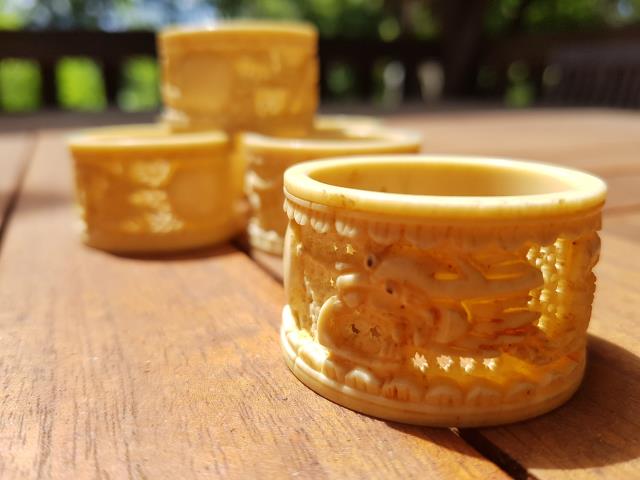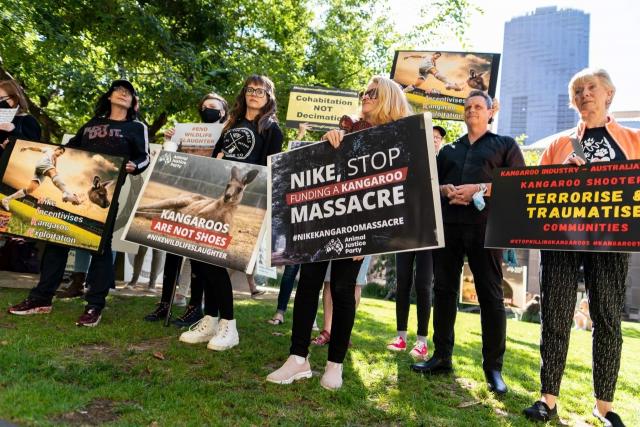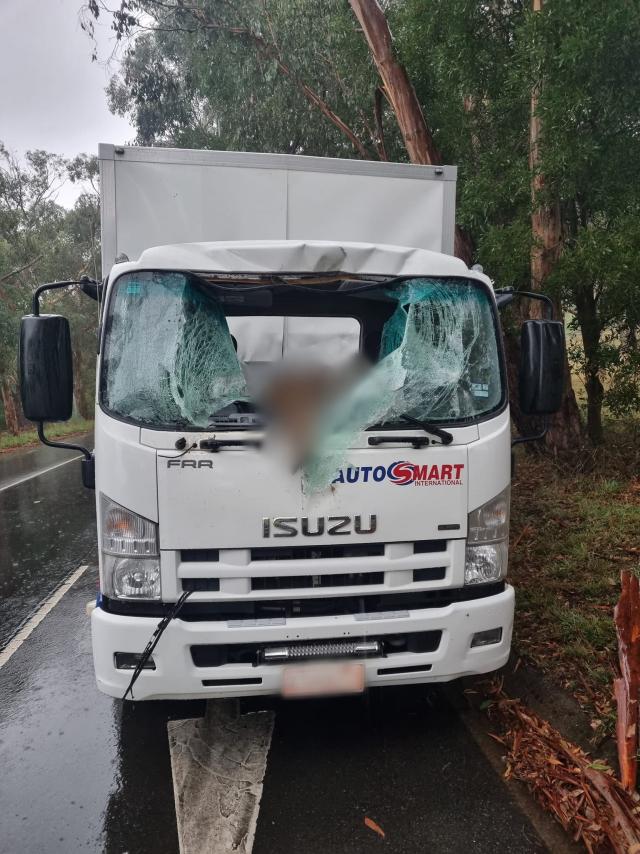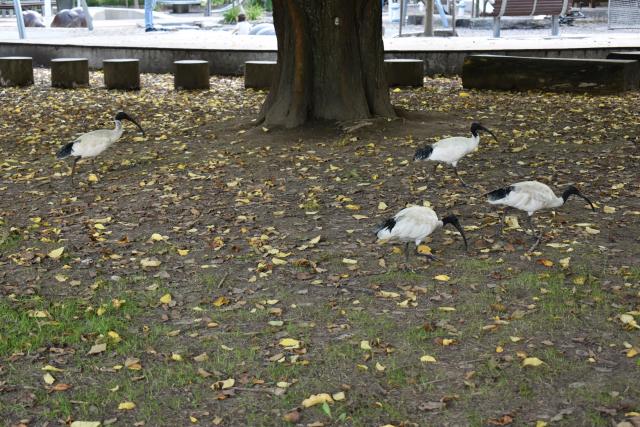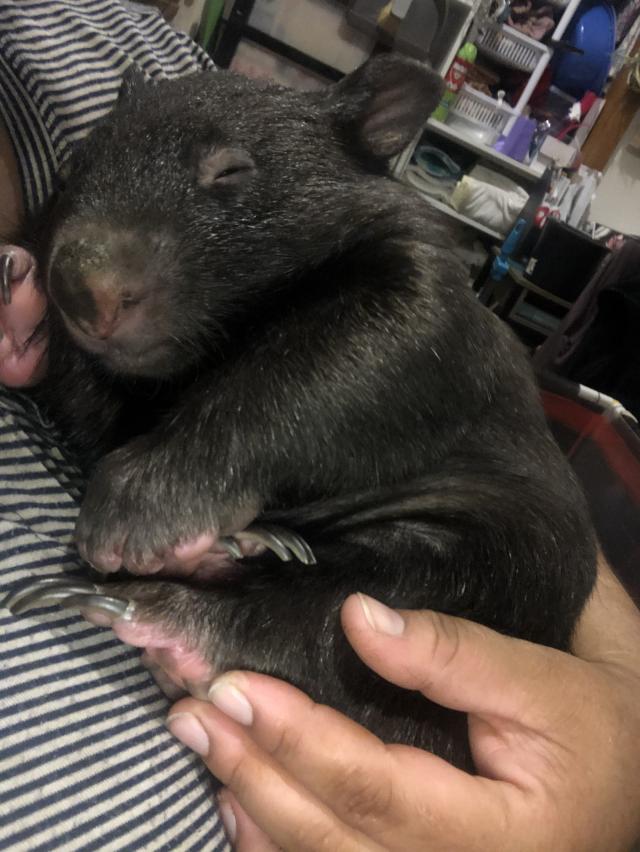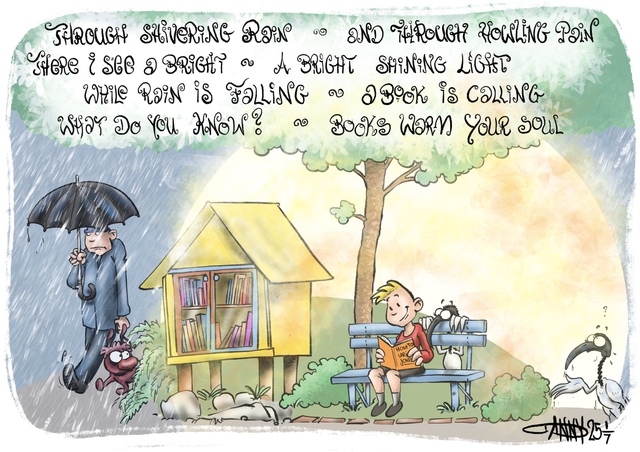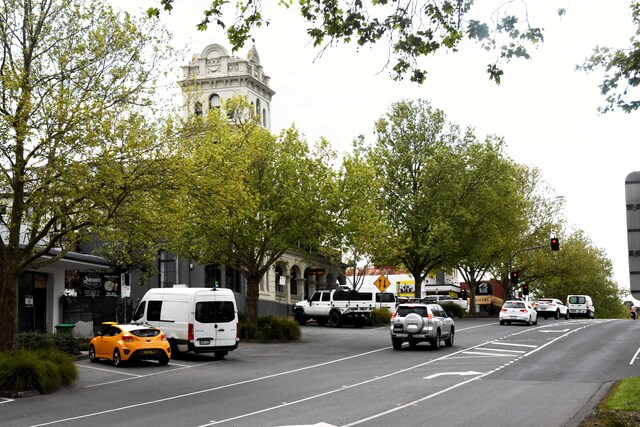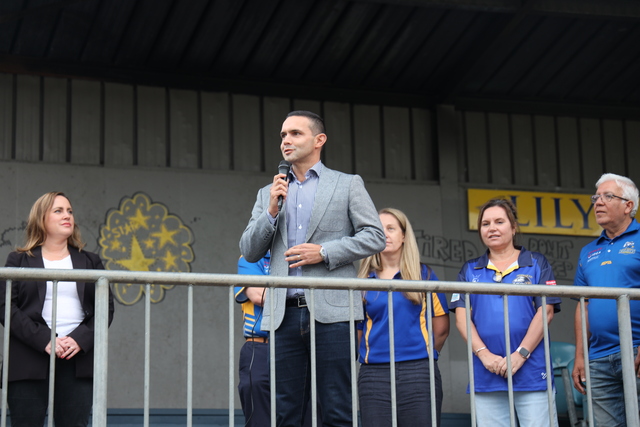Wildlife was at the forefront of the news in the Yarra Ranges in 2023, and unfortunately, it wasn’t always positive news for animals.
Here’s what made wildlife the issue of the year for the Mountain Views and Upper Yarra Star Mail:
Kangaroos immediately bounced into the news in January when the Victorian Government announced a nearly 30 per cent increase in the kangaroo harvesting quote for the year, up to 82,050 allowed for the year in the Central district, which includes the Yarra Ranges.
“The population figure is a conservative estimate of the total kangaroo population as heavily forested areas of Victoria weren’t included in the survey,” a Victorian Government spokesperson said.
There was a win for the much-loved native species in March when global sports brands Puma and Nike announced they would be phasing out the use of kangaroo leather, or ‘k-leather’ from their products by the end of the year.
President and founder of the Victorian Kangaroo Alliance (VKA), which started in the Yarra Ranges, Alyssa Wormald said the VKA were ecstatic and found it heartening to see large corporations making the move in line with their consumer expectations.
“We know that there are innovative ways to peacefully coexist with wildlife, but as long the commercial industry exists there is no incentive for the development and implementation of such methods,” she said.
In July, Wildlife Victoria released their report highlighting that they were recording a 55 per cent increase in gunshot wounding-related incidents in kangaroos in the four years since the introduction of the Victorian Kangaroo Harvesting Program in 2019.
Wildlife Victoria CEO Lisa Palma said kangaroos were being shot and wounded, often in the leg, abdomen, or jaw, and then left to suffer a prolonged and painful death.
“The increase in suffering we’re seeing inflicted through gunshot wounds on our iconic kangaroos and their beautiful little joeys is incomprehensible and simply unacceptable,” she said.
Woori Yallock resident and former President of the Australian Wildlife Protection Council Peter Preuss spoke at a July Yarra Ranges Council meeting to press the council to take a similar stance to Mornington Peninsula Shire Council and Mount Alexander Shire Council, who passed motions to advocate against commercial kangaroo shooting in their regions.
“I got a very positive feeling from the councillors, we’ve already got a couple of other councils taking a stand and then if we join them, hopefully, all the councils will come together and say that these kangaroos are far better alive than turning to pet food,” Mr Preuss said.
Wild deer management also came to the fore, with concerns raised particularly after incidents like one in Don Valley in March when a truck driver had a lucky escape in Launching Place.
Luke Ablitt was travelling on Dalry Road at about 7.30am when the car in front of him hit a deer and it rode over the bonnet and into the air.
Mr Ablitt said he saw a big, black object launching through the air out of the corner of his eye.
“I peeled my head to the right to shy away from it, and the next thing I know, there’s a deer in the passenger seat. The noise it made was like a bomb going off, and I was only millimetres away from not being here,” he said.
Following on from the Victorian Government’s Peri-urban Deer Control Plan in 2022, the release of the Federal Government’s National Deer Action Plan, released on Monday 14 August was welcomed.
The plan sets out 22 actions to reduce the impacts of wild deer on the environment, agriculture and communities.
Member of the Cardinia Deer Management Coalition, which made a submission sharing their insight in the Yarra and Dandenong Ranges, Johannes Wenzel said it is important to realise that deer control has been sadly neglected and underfunded for many years.
“[The plan] highlights the need of landscape scale, cross-tenure feral deer control with at least 35-50 per cent of deer to be removed to just keep the numbers at a steady level or better more to achieve a reduction,” he said.
Correctly going about deer management was another issue, however, with police in the Upper Yarra conducting a specialist operation to target illegal deer hunters in the region in August following rising reports.
Sergeant and Officer-in-charge at Yarra Junction Police Station Abbey Draper Draper said they had some issues with livestock and even a home being inadvertently hit with stray bullets with the practices and equipment of illegal hunters very different to legal ones.
“Reports of illegal deer hunting are coming through in the form of Crime Stopper reports and phone calls to the station and Triple Zero ranging from shooting from the roadways into private property and spotlighting to accessing people’s private properties and utilising their hunting dogs to flush the deer out,” she said.
Ibis caused a stir in Healesville, flocking around certain trees, park benches and footpaths, which are often getting quite heavily covered in animal droppings as a result.
Councillor Fiona McAllister raised concerns about the ibis during Yarra Ranges Council’s Tuesday 28 March council meeting.
“It has been an ongoing issue in terms of community impact, both in public places use and potential health risks,” she said.
The pesky ‘bin chickens’ are a protected species, but have been frequenting Queens Park and the east end of the townships, as well as other areas of the Yarra Ranges like Lilydale Lake.
Yarra Ranges resident Donalea Patman OAM reaffirmed her concerns about the illegal trade of wildlife trophies in Australia, having seen morr make their way in locally.
Ms Patman founded the animal welfare organisation For the Love of Wildlife in 2013 and helped advocate for the ban on the importation of lion ‘trophies’ and the domestic trade of elephant ivory and rhino horns.
Ms Patman said we need to educate people that it is a serious crime and one of the most lucrative trades in the world.
“Rhino horn is now worth more than gold, and if you can traffic rhino horn, lion bones, pangolin scales or other body parts, making that amount of money and you know that if you get caught, you’ll get a slap on the wrist, why would you be trafficking cocaine?”
The United Nations Environment Programme (UNEP) and Interpol’s ‘The Rise of Environmental Crime – A Growing Threat To Natural Resources, Peace, Development And Security’ report released in 2016 estimated the global illegal wildlife trade to be worth between USD $7 billion and $23 billion per year, the fourth largest illegal trade behind only drugs, counterfeiting and human trafficking.
A review into wild dog management and dingo conservation in Victoria is under a lot of pressure, with landowners reporting increased attacks on livestock and native animals while recent research has also reveal that about 90 per cent of wild canines in the state are either pure dingoes or dingo-dominant species, which are currently listed as threatened and are protected.
National Wild Dog Management Coordinator at the Centre for Invasive Species Solutions Greg Mifsud said any change to the wild dog management program is going to have severe implications on livestock producers and neighbours to public lands across most of Victoria.
“It’s extremely important because if this review finds that dingoes need to be protected across the entire state, it means that basically no one can undertake control of wild dogs and dingoes,” he said.
Don Valley resident Kevin Greenwood can attest to the impact of attacks, having lost 30 sheep and lambs in a one-month period to attacks.
“We’ve lived here for 30 years and we’ve seen this problem go in a cycle where the dogs aren’t being managed and they build up, the size of the packs grow and the size of the dogs themselves grow,” he said.
Following the announcement that the Order in Council which allows for dingoes to be shot and killed within 3km of private land would be extended for a year while the review was underway, Animal protection organisation Animals Australia launched a challenge to the Order in Council in the Supreme Court.
Animals Australia Legal Counsel Shatha Hamade said that using ‘livestock predation’ as an excuse to justify the killing of dingoes is illogical given the industry’s own research shows that the vast majority of livestock deaths relate to farm management practices.
“Dingoes have been used as a convenient scapegoat by the government and agriculture industry for far too long. Through brutal trapping and poisoning methods, these animals have suffered immeasurably and now their very survival as a species is in question,” she said.
Campaign Director of wildlife defence initiative Defend the Wild Alix Livingstone said they would like to see dingoes recognised for both their ecological and cultural significance across Victoria and wild-dog terminology removed from policies in accordance with the latest science available.
“We would also like to see the Victorian government support landholders to adopt non-lethal alternatives and provide practical on-ground support to successfully implement them. Currently, governments primarily offer support to landholders adopting lethal control, without offering support to those who are adopting alternative methods to protect their animals,” she said.
We all need to be wary of wildlife crossing our roads too, with a particular pair of wombat deaths in November and December a sad and sorry reminder.
Raewyn Jeganathan from the Waratah Wildlife Shelter said wombats, roos and other animals getting hit on our roads is a very regular occurrence and the first thing you should do is call Wildlife Victoria.
“They’ve got a lot of the carers and rescuers on their books, so they’ll send a message out to the people in the area wherever the animal’s been reported from so that somebody can get out there,” she said.
In mid-November, Ms Jeganthan appealed to the public to be on the lookout for a wombat joey near Lusatia Park Road in Woori Yallock after a mother was hit and moved to a gutter on the side of the road with severe injuries, with her joey nowhere to be found.
At the start of December, Ms Jeganathan found a wombat that she had raised at the shelter, Pearl, dead on the side of Dalry Road (near the Don Road end). Pearl had been marked and appeared to have had a joey cut from her pouch.

